
| Recorded by: Lior S. Carlson on 2024-08-31
Orange Co.
Comment: | 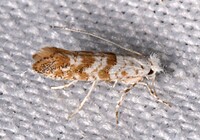
| Recorded by: David George, Stephen Dunn, Jeff Niznik, Patrick Coin on 2024-06-22
Chatham Co.
Comment: |
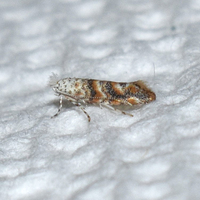
| Recorded by: Jeff Niznik on 2024-06-19
Guilford Co.
Comment: | 
| Recorded by: Jeff Niznik on 2024-06-08
Guilford Co.
Comment: |
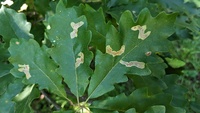
| Recorded by: Jeff Niznik on 2024-06-08
Guilford Co.
Comment: | 
| Recorded by: Jim Petranka on 2023-06-28
Montgomery Co.
Comment: |
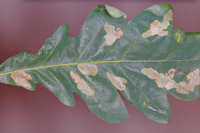
| Recorded by: Jim Petranka on 2023-06-13
Montgomery Co.
Comment: Hundreds of occupied mines were on White Oak; appeared to be a population irruption in progress. | 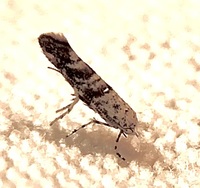
| Recorded by: Ken Kneidel on 2022-08-11
Mecklenburg Co.
Comment: |

| Recorded by: Ken Kneidel on 2022-08-11
Mecklenburg Co.
Comment: | 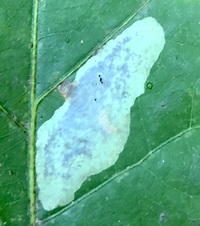
| Recorded by: Ken Kneidel on 2022-07-29
Mecklenburg Co.
Comment: |
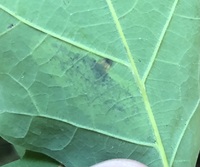
| Recorded by: Ken Kneidel on 2022-07-29
Mecklenburg Co.
Comment: | 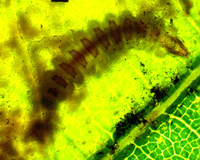
| Recorded by: Ken Kneidel on 2022-07-29
Mecklenburg Co.
Comment: |
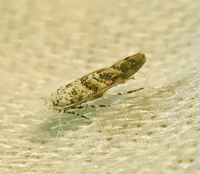
| Recorded by: Ken Kneidel on 2022-06-25
Mecklenburg Co.
Comment: | 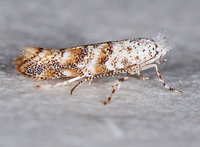
| Recorded by: Jim Petranka on 2022-06-19
Davidson Co.
Comment: A reared adult from a mine on White Oak (see companion photo of the mine from 2022-06-01). |
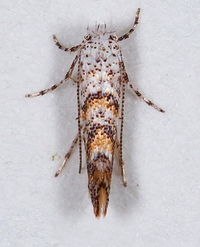
| Recorded by: Jim Petranka on 2022-06-19
Davidson Co.
Comment: A reared adult from a mine on White Oak (see companion photo of the mine from 2022-06-01). | 
| Recorded by: Ken Kneidel on 2022-06-16
Mecklenburg Co.
Comment: |
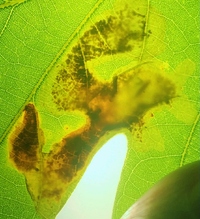
| Recorded by: Ken Kneidel on 2022-06-16
Mecklenburg Co.
Comment: | 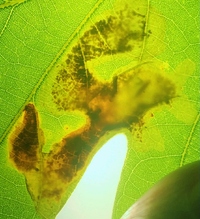
| Recorded by: Ken Kneidel on 2022-06-16
Mecklenburg Co.
Comment: |

| Recorded by: Jim Petranka on 2022-06-01
Davidson Co.
Comment: A White Oak leaf with three mines. | 
| Recorded by: Jim Petranka on 2022-06-01
Davidson Co.
Comment: A backlit image of mines on White Oak; an adult emerged on June 19 (see companion photo). |

| Recorded by: Jim Petranka on 2022-06-01
Davidson Co.
Comment: A backlit image of a single mine in early stages; note the feeding larva. | 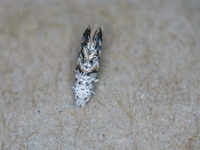
| Recorded by: Tracy S. Feldman on 2022-05-23
Durham Co.
Comment: An adult that was reared from an upper surface blotch mine on Quercus lyrata. |
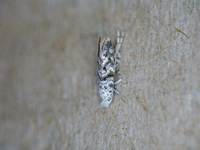
| Recorded by: Tracy S. Feldman on 2022-05-23
Durham Co.
Comment: | 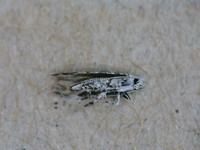
| Recorded by: Tracy S. Feldman on 2022-05-23
Durham Co.
Comment: |

| Recorded by: Rob Van Epps on 2020-06-23
Mecklenburg Co.
Comment: | 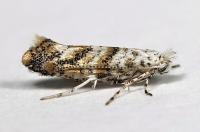
| Recorded by: Rob Van Epps on 2020-06-23
Mecklenburg Co.
Comment: |

| Recorded by: Kyle Kittelberger on 2020-05-03
Wake Co.
Comment: | 
| Recorded by: Kyle Kittelberger on 2012-06-26
Wake Co.
Comment: |
|

 »
»



















